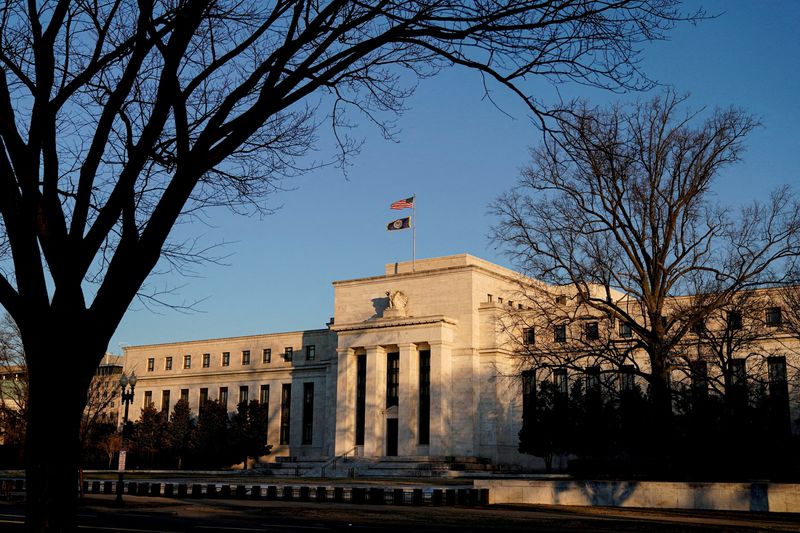By Michael S. Derby
(Reuters) – Authorities need to move beyond ad-hoc responses to episodes of government bond market tumult and clarify how a central bank or other parts of government will respond to new rounds of trouble, a new paper published by the New York Federal Reserve said.
“Official-sector market-function purchase programs should be made transparent by having an explicit intent; clear criteria for commencing, ending, and unwinding purchases; and clear disclosure of the corresponding purchases and their purpose,” the paper’s authors wrote, adding that in recent history, key government borrowing markets have undergone periods of serious stress that have required official interventions.
Given ongoing stability risks, government authorities may have to yet again step in to ensure markets remain functional. But who does the intervening, and how, matters, wrote Darrell Duffie of Stanford University and Frank Keane, a policy and market monitoring advisor in the New York Fed Markets Group.
The paper, which took stock of issues major nations have confronted, arrives amid ongoing concern about the functionality of the U.S. government bond market. The onset of the coronavirus pandemic in early 2020 destabilized the bond market so badly the Federal Reserve was forced to intervene with massive purchases of Treasury and mortgage bonds that ultimately led the central bank to double the size of its balance sheet.
Meanwhile, last fall the Bank of England, which was in a process of raising rates, was forced to buy bonds to quell a market blow-up. For many, that seemed to place the central bank in the position of tightening and easing monetary policy at the same time.
The U.S. Treasury market has faced long-running concern about its underlying health. Years of Fed interventions, regulatory changes, and a massive surge in government borrowing have created uncertainty whether the private sector will be able to deal with the next period of significant market turbulence.
Those worries are more acute now because the Fed is raising rates aggressively to lower high inflation and is shedding Treasury and mortgage bonds to complement that process. Monetary policy actions have increased the risk of market trouble and a blow-up authorities might have to put right.
In clarifying how authorities would intervene, the authors see a role for entities like the Treasury Department, which they believe could take on the role now played by the Fed and also stand ready to buy bonds in times of trouble.
“Market-function purchase programs, if sufficiently transparent, also lower the cost to taxpayers of funding government deficits because the likelihood and severity of future episodes of market dysfunctionality are priced into government securities when they are issued,” the authors wrote.
The Fed itself is aware of market risks and policymakers have flagged new tools like the Standing Repo Facility, which allows eligible financial firms to hand Treasuries to the Fed in exchange for cash, as key safety valves should new trouble arrive. While these tools are as yet untested they nevertheless could offer clarity in central bank intentions that discretionary interventions lack.
(Reporting by Michael S. Derby; Editing by Andrea Ricci)
